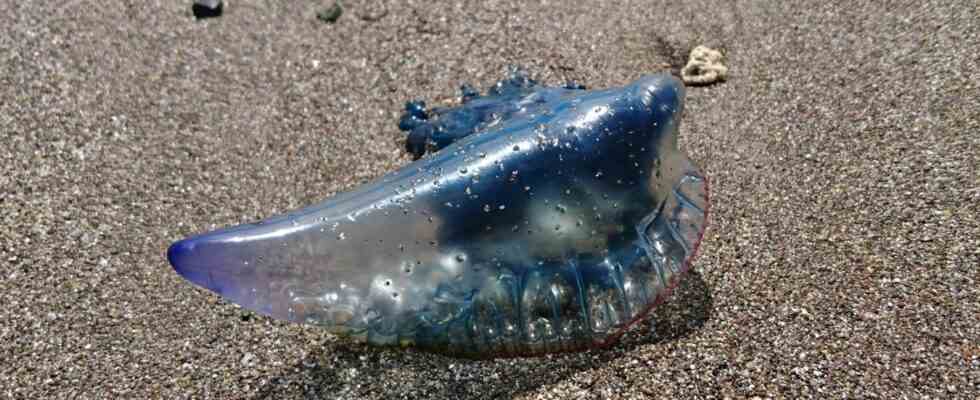Anyone who has ever met the “adder of the sea” knows how painful it can be to accidentally step on a weever while walking on the beach. That’s the name of the little fish with its poisonous spines, which likes to sit in the shallow waters of the North and Baltic Seas and camouflages itself so well that you can’t see it. In summer, the fish are drawn to the shallow waters to lay their eggs.
The weever is not the only poisonous sea animal in this country. Think, for example, of the jellyfish. Encounters with these two species can be unpleasant for bathers in the North and Baltic Seas, but they are not considered a deadly threat.
There are many poisonous sea creatures in the Mediterranean Sea
Animals that are more poisonous and therefore more dangerous for humans live in the warmer waters, from the Mediterranean to the tropics. Even in Mallorca it can happen that bathing bans are imposed because of poisonous jellyfish. Swarms of Portuguese galleys have been drifting there towards the coast for a few years.
The poison fulfills two different purposes for the sea creatures: either to defend against predators or to hunt prey. For example, the weever hunts small fish and shrimp.
The venomous sea creatures have one thing in common: They don’t attack humans, but a chance encounter with them can trigger dire symptoms – from skin swelling to nausea, paralysis or allergic shock. Some animals, such as the stonefish found off Asian and Australian coasts, can be deadly for humans. If you step on the animal and are stung by its spines, you have to go to the doctor as soon as possible, who often even has to administer an antidote.
Sources: travel book“Kurier.at“, “Ostseemagazin (to the jellyfish)”, “Ostseemagazin“(to the weever),”The mirror“

